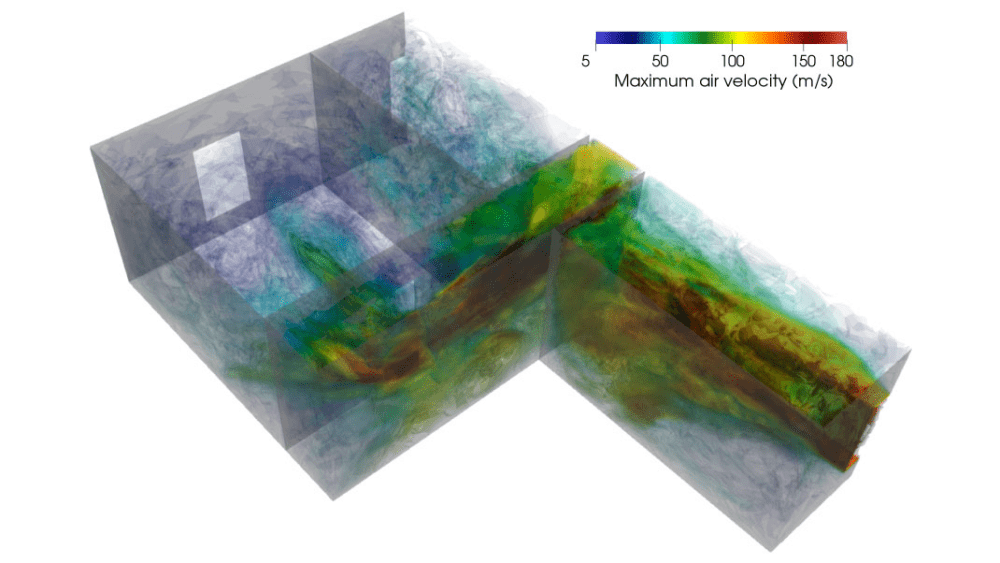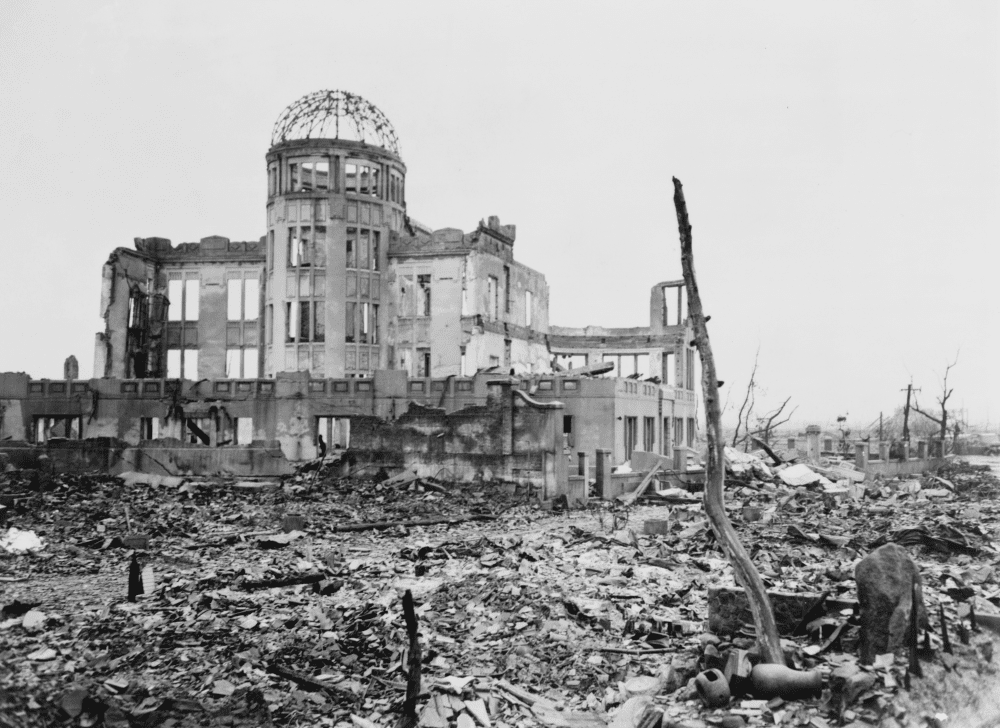An emergency bulletin cuts you off midway through The Last Of Us. A sweaty news anchor tells you that a nuclear bomb is imminent: what do you do? A new study has some practical advice, as it sought to establish the best and worst places to shelter inside from a nuclear bomb.
Shielding from a nuclear bomb is going to be impossible if you’re within the severe damage zone, as anything too close is simply vaporized, but what if you’re further out? The study used simulations to test how people sheltering in different places indoors would fare against an atomic bomb explosion from a typical intercontinental ballistic missile.
Advanced computer modelling meant that the simulations could account for windows, corridors, doorways, and the shape of a room when looking at the best and worst places to be when shielding from a nuclear blast. They were looking specifically at the damage caused by the blast wave generated by the explosion, which is often strong and fast enough to send a person into the air. The study didn’t take into account the effects of radiation, which are widespread and persist long after an explosion.
While it’s been established that sturdier concrete-block-type buildings are sometimes strong enough to survive a blast wave, the study’s results showed that being inside a building that stays standing isn’t necessarily safe. In fact, the narrow spaces within can actually contribute towards airspeeds generating gusts of wind that can rip around corners at 18 times the force of a human’s bodyweight.

Contours of the maximum airspeed attained during the first 10 seconds after the blast wave enters the window. Image credit: I. Kokkinakis and D. Drikakis, University of Nicosia, Cyprus
However, there were some spots that proved to be significantly more dangerous than others.
“The most dangerous critical indoor locations to avoid are the windows, the corridors, and the doors,” said author Ioannis Kokkinakis in a statement. “People should stay away from these locations and immediately take shelter. Even in the front room facing the explosion, one can be safe from the high airspeeds if positioned at the corners of the wall facing the blast.”
It seems, then, that getting to a windowless room, like a cupboard, may be your best bet in case of an emergency. However, surviving the blast wave is only the beginning, as history has shown us that areas bombed with nuclear weapons can see related deaths months and even years after the explosion.
“Before our study, the danger to people inside a concrete-reinforced building that withstands the blast wave was unclear,” said author Dimitris Drikakis. “Our study shows that high airspeeds remain a considerable hazard and can still result in severe injuries or even fatalities.”

Hiroshima’s Museum of Science and Industry shortly after the dropping of the first atomic bomb on August 6, 1945. Image credit: Everett Collection / Shutterstock.com
A nuclear bomb yields its destructive power from nuclear reactions. In the case of the early atomic bombs, such as those used in Hiroshima and Nagasaki, this is a fission reaction. Fission occurs when a neutron strikes the nucleus of an isotope, such as uranium-235 and plutonium-239, splitting the nucleus and releasing a huge amount of energy and neutrons.
The newly released neutrons then strike other nuclei, splitting them to release more energy and more neutrons, and so on. This chain reaction almost instantaneously releases a tremendous amount of energy, notably more than any conventional explosive.
Should a nuclear bomb go off, people in the surrounding areas will only have a matter of seconds to move to a more secure location before a blast wave reaches them, but the researchers hope that by improving our understanding of sheltering weak spots they can work towards better injury prevention and rescue advice in the event of a nuclear blast.
The research was published in Physics of Fluids.
Source Link: The Worst Places To Shelter From A Nuclear Bomb, According To Science